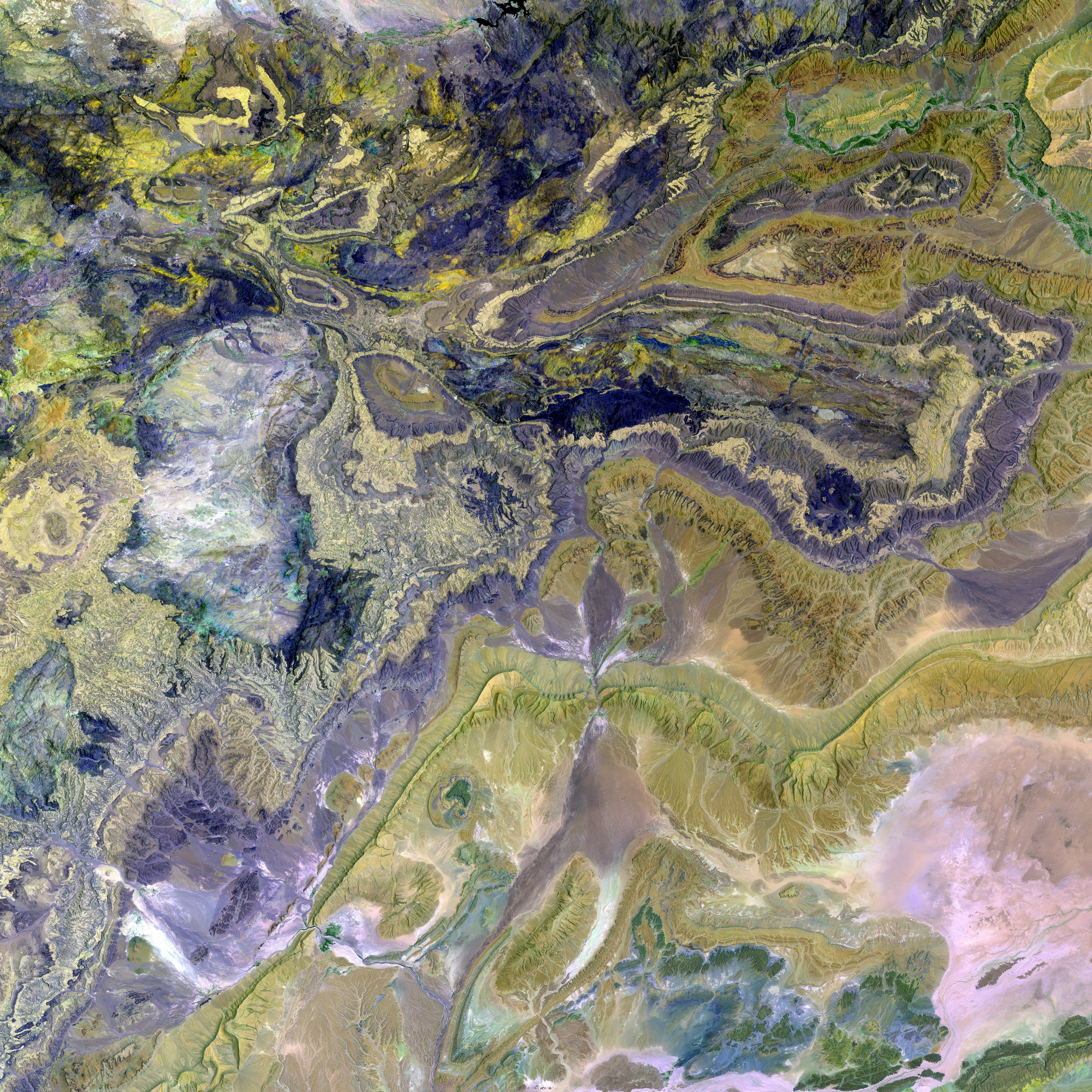Exploring Improved Urban Climate: Scientists Investigate Rooftop Solutions - Scientists construct eco-friendly rooftops to enhance city's weather conditions
Managing Urban Floods with Green Roofs: Leipzig-Based Research Project
Green roofs, designed to combat air pollution in urban areas, are now subject to investigation by a Leipzig-based research project. The focus is on determining the behavior of different green roof systems during extreme weather events, such as heavy rain, that are increasingly common due to climate change.
The study, led by the University of Applied Sciences for Technology, Economics and Culture (HTWK), aims to collect data for simulation models and provide recommendations for municipalities on the use of green roofs. To accomplish this, ten roofs, each the size of a carport, are being outfitted with various systems for the experiment. These include eight roofs with commercially available green roof systems, one with a gravel roof, and one covered in plastic sheets.
As part of the experiment, these roofs are being rained on at different intensities, and researchers are measuring the runoff of water. The goal is to determine how much water is released at what speed by the different systems, with a delayed runoff being indicative of better performance in improving urban climates.
The findings from this study could potentially aid in the future planning of urban sewer networks. By absorbing heavy rainfall during storms and releasing it in a delayed manner, green roofs could help alleviate the pressure on wastewater pipes.
HTWK is joined in this project by the Education and Demonstration Centre for Decentralised Infrastructure (BDZ), the Helmholtz Centre for Environmental Research (UFZ), Leipzig Waterworks, and the Dresden Sewage Treatment Plant.
Green roofs, which manage stormwater by filtering pollutants and delaying runoff, can significantly reduce the strain on urban sewer networks in cities like Leipzig, especially in areas with combined sewer systems. By integrating green roofs into urban planning, cities can reduce the risk of sewer overflows and improve water quality.
Leipzig, Sewer Networks
By understanding the behavior of different green roof systems during heavy rain, cities can make informed decisions about their use and integration into urban planning to manage stormwater more effectively. This, in turn, can help prevent environmental damage from sewer overflows and protect water quality in urban areas.
Incorporating the findings from the Leipzig-based research project focusing on green roof systems, the city policy may consider implementing various green roof designs as a part of community policy to address climate-change-induced extreme weather events, such as urban flooding. By reducing the burden on sewer networks and enhancing the health-and-wellness of communities through air pollution management, these structures can also foster environmental-science initiatives promoting sustainable urban development.




